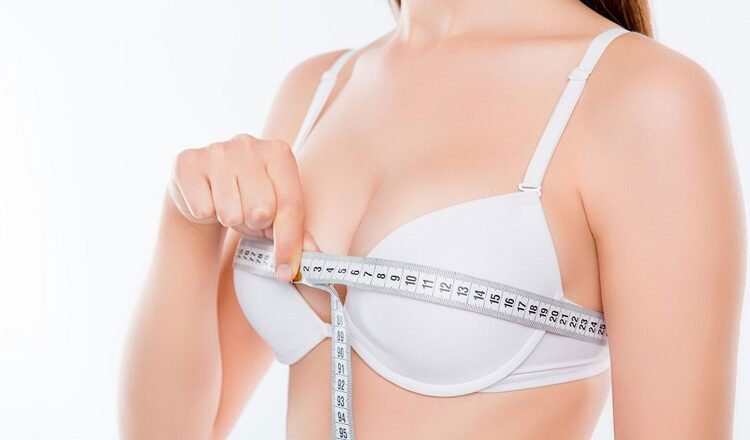According to the International Society of Aesthetic Plastic Surgeons, breast augmentation was the most popular cosmetic procedure performed worldwide in 2013, second only to lipoplasty. The increasing popularity of breast enhancement is due largely to the changing attitudes society has towards beauty and plastic surgery. With the availability of improved technology, techniques and equipment, women have access to better, safer and more aesthetically pleasing sources. To perform breast augmentation, surgeons will often use one of several surgical techniques to increase bust size and provide lift and volume. These techniques are:
Inframammary
The inframmary breast augmentation is the most popular procedure chosen by most surgeons and their patients. An incision is made along the fold under each breast. The implant is inserted here and may be positioned under or over the breast muscle. If the breast folds are well-defined, the scars that appear as the result of the incisions will not be that visible.
Best for: Women with well-defined breast folds and who do not develop keloidal scars
Table of Contents
Type of Implants Used: Saline or Silicone
Pros: Scars are generally not immediately visible; creating an opening for inserting the breast implant is easy; easy access and manipulation during surgery; no damage to breast tissues or milk ducts.
Cons: With this breast augmentation, scars are visible up close, especially when viewed from under the chest. If the patient decides to undergo a breast enhancement procedure later using a bigger implant, the scar could move up on the breast. If the patient chooses a smaller implant, the scar could move lower and appear under the breast fold where it is visible.
Transaxillary
In the transaxillary breast augmentation technique, the incision is made in the armpit. The incision is about an inch long and the cut is made along the natural line in the armpit, hence any scar that would appear would not be noticeable. The implant is then inserted into the incision and moved lower on the breast area where it will be positioned in place. An endoscope will be used to create a pocket that will make it easier for the insertion of the implant.
Best for: Women who do not want visible scars in and around the breast area.
Type of Implants Used: Mostly saline, although experienced surgeons can use silicone implants for this technique.
Pros: No scarring on the breasts; no need to make cuts through the breast or muscles; no risk of nerve damage or loss of nipple sensation as long as an endoscope is used
Cons: The incision can be used only once. If a revision is required in the future, a new incision will be made. Breast symmetry is more difficult to achieve unless the surgery is done by an experienced surgeon.
Trans-Umbilical
Another option in breast augmentation is the trans-umbilical technique. The cut is made inside the navel or belly button where the implant is inserted, guided by a long, thin rod to create a pocket of space.
Best for: Women who want no scarring on the breasts or nerve damage.
Type of Implants Used: Saline only
Pros: No scarring in the breast area; any scar in the navel is unnoticeable; the navel incision may be made wider to accommodate larger implants and instruments; lower risk of nerve damage.
Cons: The choice of implant type is limited to saline only; symmetry may be difficult to achieve due to the distance between the incision and the breast area; fewer number of surgeons are qualified to do the technique because it is relatively new.
Periareolar
An incision is made halfway along the lower part of the areola, the dark circle of skin that surrounds the nipples. The main advantage of this breast augmentation method is that there is very little visible scarring in the breasts and whatever scars may appear are minimal at best. The incision cuts through the layers of fat and breast tissues to the outer, lower portion of the pectoralis major muscle. From here, the implant may be placed above or under the muscles.
Best for: Women who lack well-defined breast folds and prefer barely noticeable scars.
Type of Implants Used: Either silicone or saline implants
Pros: Little scarring; any scars that may appear at the incision site are not obvious.
Cons: The technique cuts through breast tissue and may affect nerve and glandular function.

